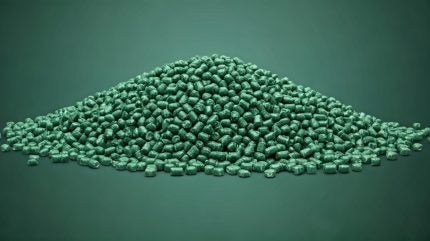
The global packaging sector is witnessing a surge in interest around bioplastics, touted as an eco-friendly alternative to conventional fossil-fuel-based materials.
However, the complexity of bioplastics, coupled with varied environmental claims, continues to fuel confusion and debate within the industry.
Bioplastics are broadly defined as materials derived from renewable resources rather than fossil fuels. Yet, this umbrella term encompasses diverse products with distinct characteristics and environmental impacts.
According to industry experts, understanding bioplastics requires a nuanced approach.
“There’s no one-size-fits-all solution in bioplastics,” explained a spokesperson for the European Bioplastics Association. “From bio-based alternatives to traditional plastics to fully compostable materials, the range of properties and applications is immense. Misunderstandings often arise because people lump these diverse materials into a single category.”
Confusion over biodegradability and compostability
One of the primary sources of confusion lies in the difference between biodegradable and compostable plastics. Both are designed to break down, but under very different conditions.

US Tariffs are shifting - will you react or anticipate?
Don’t let policy changes catch you off guard. Stay proactive with real-time data and expert analysis.
By GlobalDataBiodegradable plastics, such as polyvinyl alcohol (PVA) and cellulose acetate, can decompose through microbial activity. However, their degradation depends on specific environmental factors and often leaves microplastic residues.
In contrast, compostable plastics like polylactic acid (PLA) and polyhydroxyalkanoates (PHAs) are engineered to disintegrate completely into nutrient-rich compost under controlled conditions. Standards such as ISO 17088 certify that these materials meet strict criteria, including complete breakdown within defined timeframes without leaving harmful residues.
“Just because a product is labelled biodegradable doesn’t mean it will disintegrate in natural settings,” warned Dr. Maria Stevens, a sustainability consultant based in the UK.
“Consumers and manufacturers need to carefully examine certifications and understand the conditions required for these materials to fulfil their environmental promise.”
New alternatives and challenges ahead
In addition to traditional bioplastics, new materials derived from seaweed, algae, and cornstarch are entering the market. These polymers, though not chemically modified like conventional plastics, are being used in packaging applications such as waterproof coatings and injection-moulded items like cutlery.
While these innovations represent progress, the adoption of bioplastics remains hindered by significant challenges. Industrial composting infrastructure is limited in many regions, and the integration of bioplastics into existing recycling systems can be problematic.
Furthermore, higher production costs and evolving regulatory frameworks continue to limit their widespread acceptance.
In Europe, the situation is particularly nuanced. The European Union’s ban on oxo-degradable plastics—materials that break into microplastics rather than fully degrading—has set a precedent for stricter oversight.
However, industry leaders are calling for greater clarity and uniformity in labelling to address widespread misinformation.
A cautious but optimistic future
Despite the hurdles, the global market for bioplastics is expected to expand significantly in the coming years as demand for sustainable packaging solutions grows.
Industry experts stress the importance of transparency in communicating the capabilities and limitations of bioplastics.
“The key is education and standardisation,” said Stevens. “As consumers become more informed and regulations evolve, bioplastics have the potential to play a pivotal role in reducing the environmental impact of packaging.”
For now, the packaging industry remains at a crossroads. Bioplastics represent a promising step forward, but their true impact will depend on collaboration across supply chains, investment in infrastructure, and a commitment to demystifying the science for end-users.



